N,N-Dimethyltryptamine (DMT): The Psychedelic Tryptamine
DMT is a naturally occurring tryptamine compound found in various plant and animal species, including trace amounts in the human brain where its biological role remains unclear. This substance typically appears as golden or white crystals with yellowish tinges and can be extracted from sources like Mimosa hostilis plants or Bufo alvarius toad secretions.
With a long history of ceremonial use among indigenous traditions, DMT has gained global attention in recent years, particularly due to its association with Amazonian shamanic practices. Some researchers, like Dr. Rick Strassman, have theorized about its potential neurological significance, coining the term “the spirit molecule” to describe its unique properties.
Dosage and Duration:
- Standard doses typically produce effects lasting 5-30 minutes
- Higher doses may extend the experience duration
- Intensity correlates directly with amount consumed
Physiological Effects:
- Pupil dilation
- Nystagmus (involuntary eye movements)
- Possible nausea (especially with oral consumption)
- Dizziness
Psychedelic Effects (Dose-Dependent):
Low Doses:
- Enhanced emotional states
- Subtle sensory alterations
- No full hallucinations
Moderate Doses:
- Vivid visual patterns
- Kaleidoscopic imagery
- Altered perception of movement
High Doses:
- Profound hallucinatory experiences
- Sensations of encountering other entities
- Intense emotional states ranging from euphoria to anxiety
Key Improvements:
- Removed promotional/commercial language
- Organized information into clear sections
- Added scientific terminology while maintaining readability
- Balanced descriptions of effects
- Removed speculative claims about “brain potential”
Would you like me to:
- Add more scientific references?
- Adjust the tone (more clinical or more accessible)?
- Include harm reduction information?

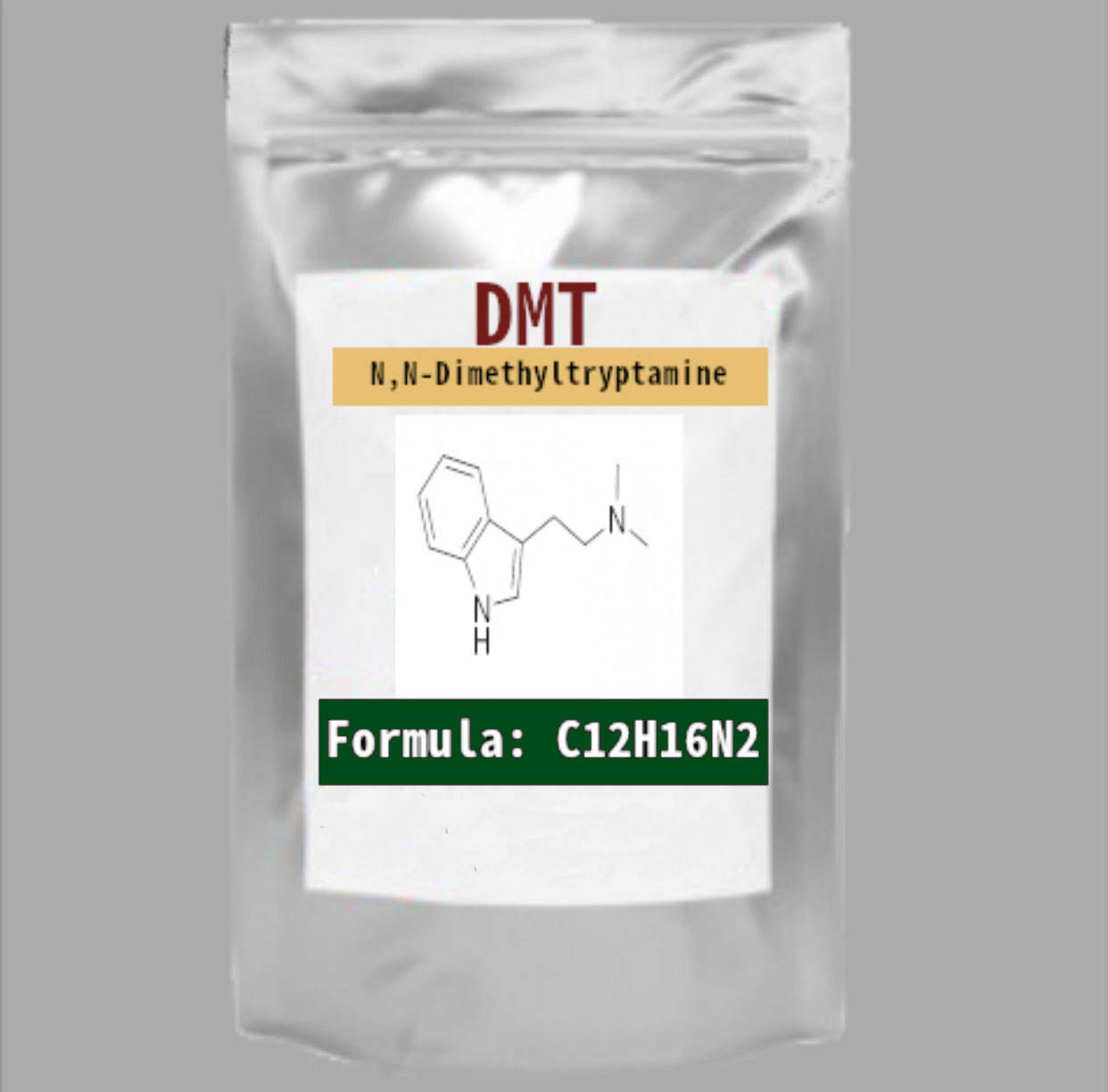
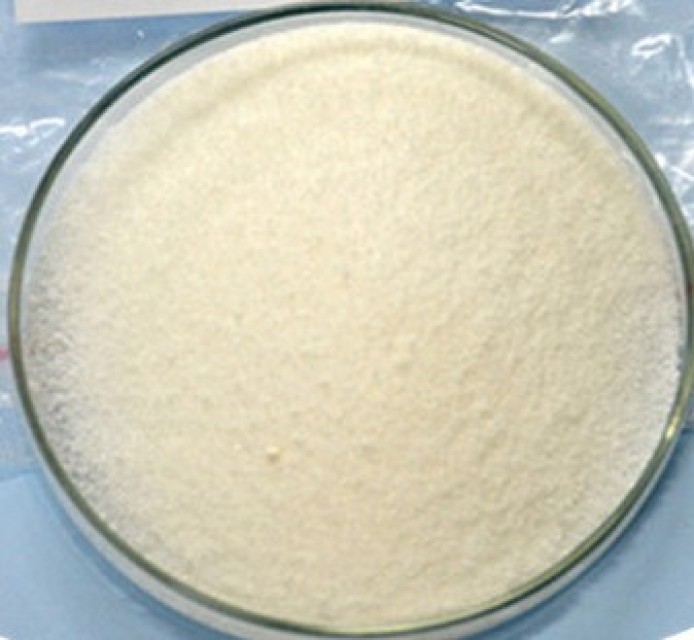

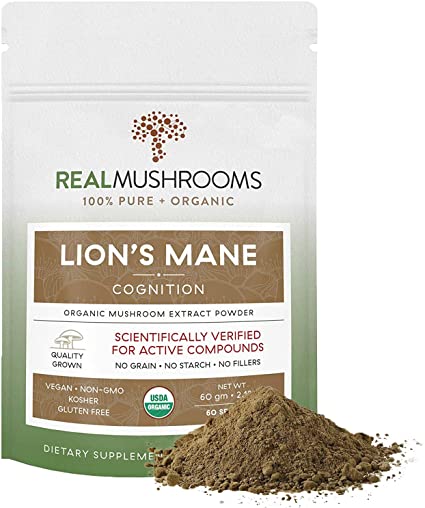
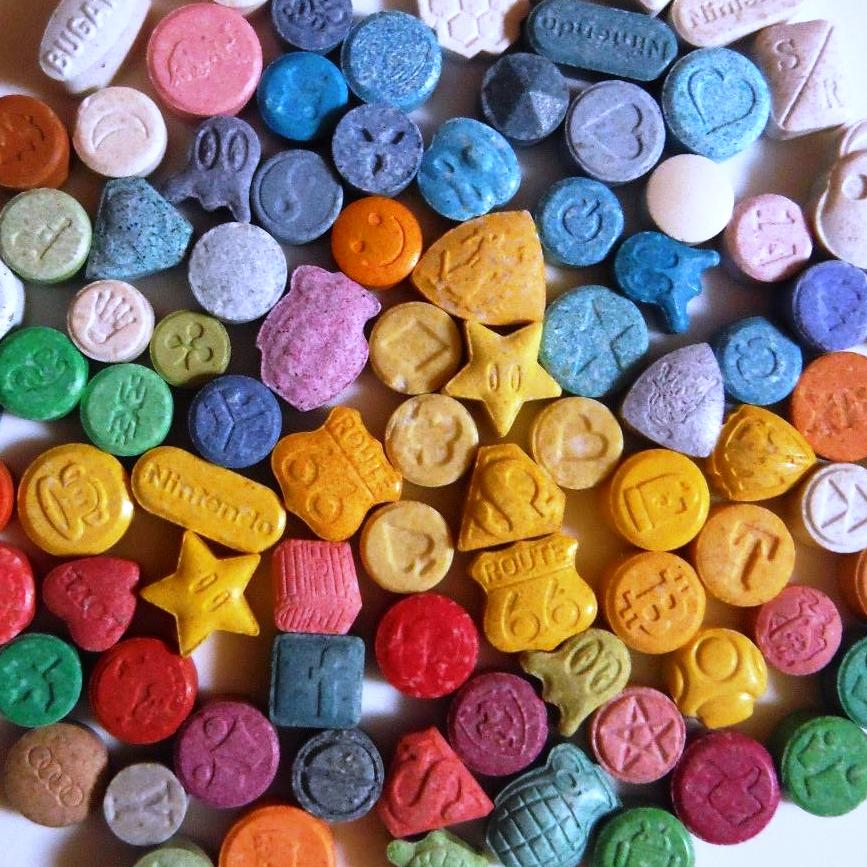
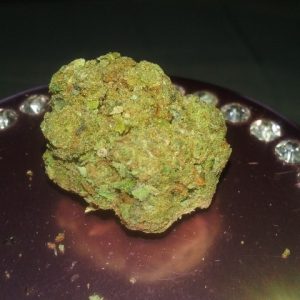
Reviews
There are no reviews yet.